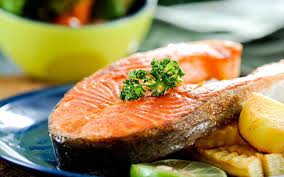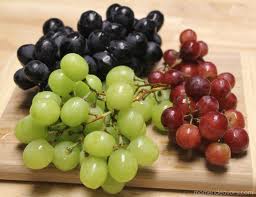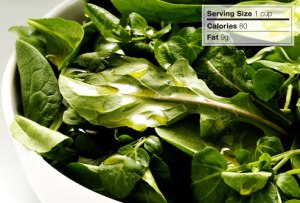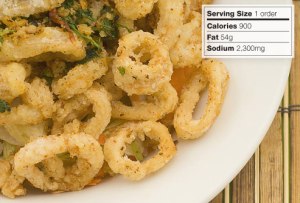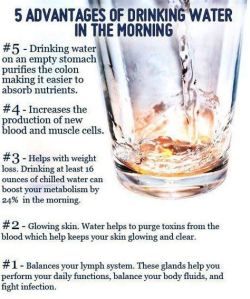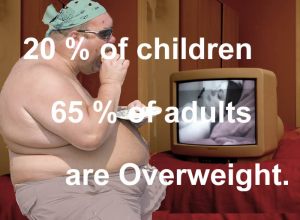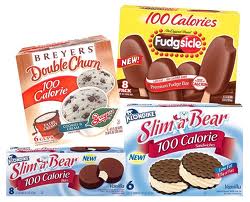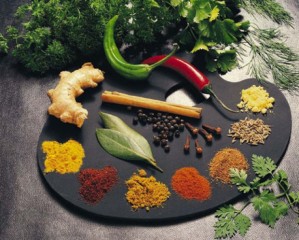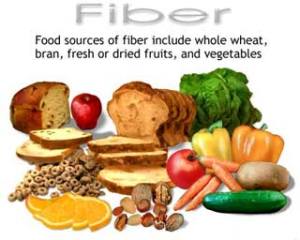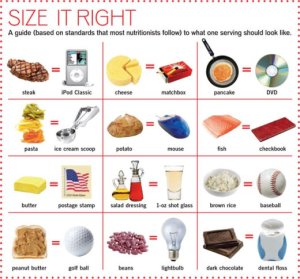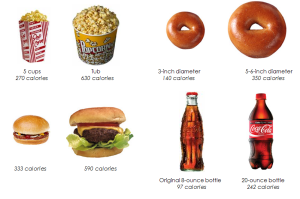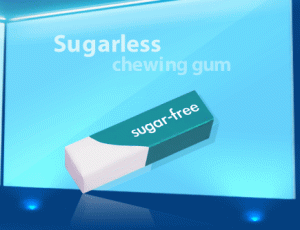10 Antioxidants Super Foods
September 23, 2013 Leave a comment
The best way to stay healthy is to eat a wide variety of vitamin-rich foods. But eating a wide variety of foods can sometimes be difficult in our on-the-go culture.
Enter super foods. These are the Michael Jordans of the food world. They’re packed with vitamins, minerals, and antioxidants, which minimize the cell damage that may lead to heart disease, cancer, Alzheimer’s, and other diseases. Eating them can help you feel more assured that you’re getting what you need from your diet.
Super Foods or Supplements
Many people believe that they need to take pricey dietary supplements to get all the vitamins and minerals they need. But nutrients work best in your body when you get them the natural way: in the amounts found in foods and balanced with other nutrients.
A high dose of one vitamin or mineral from a supplement can interfere with how your body absorbs or uses another important vitamin or mineral.
For example, high-dose iron supplements can cause your body to not absorb as much zinc as you may need. And not getting enough zinc can cause problems with some key functions of the immune system. On the other hand, too much zinc can interfere with copper absorption.
Another problem is that supplements can interact or interfere with medications such as antibiotics and diuretics.
Nutrient-dense super foods offer a better bang for your buck. Most of our top 10 are healthy foods that also have hidden benefits. Eat them every day to boost your intake of vitamins, minerals, and other key nutrients that benefit the body and the immune system.
Super Food 1: Purple, Red, and Blue Grapes
Grapes, especially dark-colored ones, are loaded with phytochemicals, antioxidants that may help protect against cancer and heart disease. Two of those phytochemicals, anthocyanin and proanthocyanidin, may be especially good for your immune system. Grapes also contain vitamin C and selenium.
Super Food 2: Blueberries
Recent animal studies suggest that blueberries may help protect cells from damage and lower inflammation. Blueberries contain many of the vitamins and minerals known to strengthen the immune system, along with key phytochemicals that may help protect against cancer and heart disease.
Super Food 3: Red Berries
Berries, especially raspberries and strawberries, contain ellagic acid, another phytochemical that may help protect against cancer-causing agents in the diet and the environment.
Super Food 4: Nuts
Nuts are one of the most balanced foods on the planet. They offer a good dose of “healthy” fats along with a smaller amount of protein and carbohydrate. Each type of nut offers a unique profile of minerals, phytochemicals, and types of fat. Walnuts are the highest in plant omega-3s, for example, while Brazil nuts are best for selenium.
Most nuts also contain phytochemicals such as resveratrol and plant sterols, which help lower cholesterol. 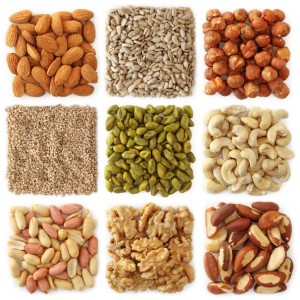
Super Food 5: Dark Green Veggies
Popeye had a point: It’s tough to compete with the nutritional muscle of broccoli and spinach. Kale and collard greens are also members of the esteemed dark green vegetable group.
These super veggies are high in nutrients that help fight disease, including vitamins C, E, and A, and calcium. They’re also loaded with magnesium and potassium.
Need another reason to go green? These veggies are brimming with antioxidant phytochemicals such as kaempferol, which may help dilate blood vessels and may have cancer-fighting properties. Leeks, lettuce, and kale provide lutein and quercetin, both strong antioxidants.
Super Food 6: Sweet Potatoes and Orange Vegetables
Move over, russet potatoes. There’s a new tuber in town. All across America, sweet potatoes are creeping onto menus. Sweet potato fries are nudging traditional fries off restaurant plates.
Both white and sweet potatoes provide important nutrients such as vitamins C and B6, potassium, and fiber. But sweet potatoes have more of these nutrients. They also bring to the table key nutrients such as calcium and whopping amounts of vitamin A.
Other orange vegetables are nutrient-rich and packed with phytochemicals as well. Carrots are famously high in vitamin A, while butternut and acorn squash are tops in vitamins A and C.
Super Food 7: Tea
With one sip of tea, you get two potent phytochemicals — anthocyanin and pro anthocyanin. Both are antioxidants that help fight inflammation. Add to that a healthy dose of catechins, antioxidants that are thought to block cell damage that can lead to cancer.
That’s just the beginning. Green tea, in particular, contributes many other protective phytochemicals. The catechin epigallocatechin gallate (EGCG), which is especially abundant in green tea, is a particularly potent antioxidant. If you are sensitive to small amounts of caffeine, look for the decaf options. 
Super Food 8: Whole Grains
Making this one dietary change may significantly improve your health: Switch to whole grains. For example, eat whole grain bread instead of white bread, wild or brown rice instead of white rice, corn tortillas instead of flour tortillas.
Some research has shown that people who eat at least one serving of whole grains a day have a lower risk of heart disease and stroke. Whole grains deliver zinc and selenium, in addition to phytochemicals thought to help protect against heart disease and cancer.
Super Food 9: Beans
The lowly bean is tops in antioxidant activity. It offers an amazing package of nutrients, including many vitamins and minerals. Green soybeans and soy provide vitamin C, calcium, zinc, and selenium. Lentils and black-eyed peas are rich in folate and zinc. Black beans and kidney beans also offer a good amount of folate.
Super Food 10: Fish
Fish provides powerful omega-3 fatty acids. Evidence suggests that omega-3s, particularly those coming from fish, may help prevent inflammatory diseases, such as coronaryheart disease. Although all fish have some omega-3s, the stars include sardines, salmon, oysters, mackerel, tuna steak, wild rainbow trout, shark steak, albacore tuna, and herring. Fish also offers an essential nutrient that’s hard to find in food: vitamin D. Skip sticks and deep fried fish, and go fresh when possible, two or three times a week. 